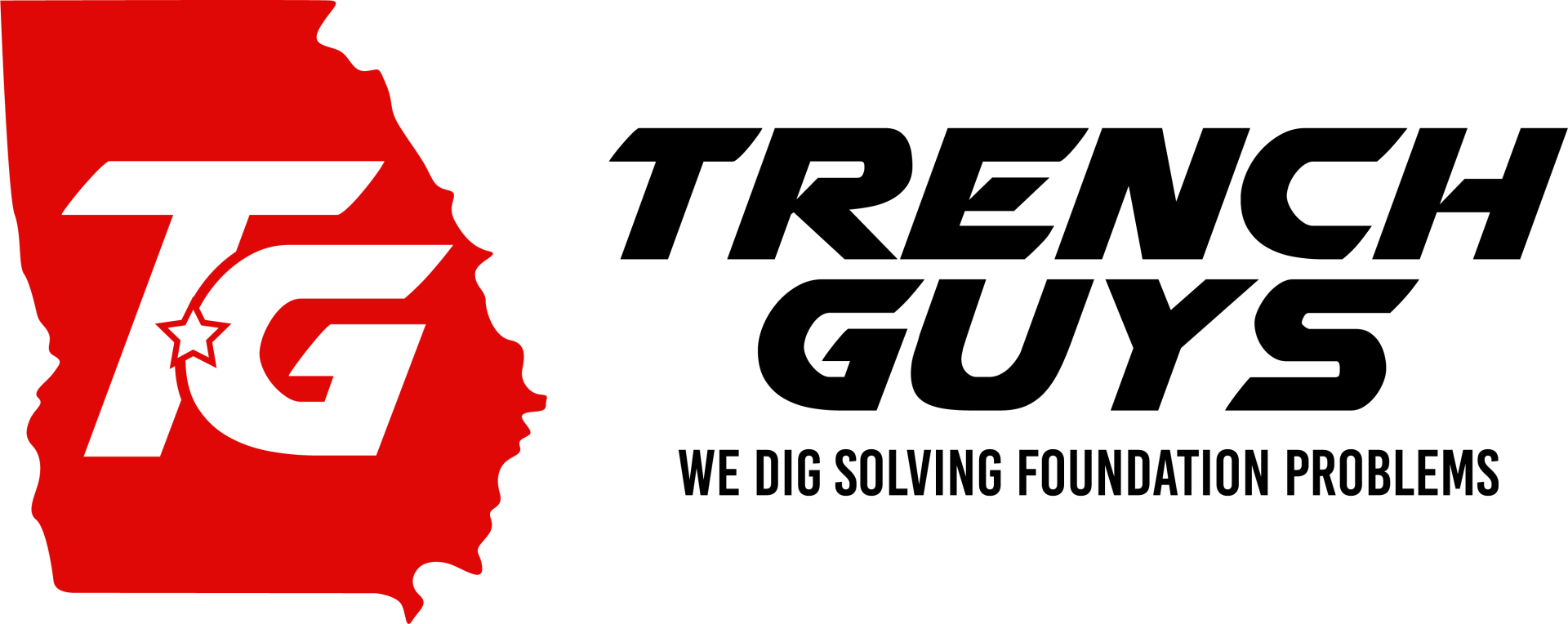The crawl space beneath your home plays a vital role in maintaining the overall health and stability of your property. One critical aspect of this area is the plumbing infrastructure, which, if compromised, can lead to a cascade of issues that affect both your home and its inhabitants. Ensuring the integrity of crawl space plumbing is not just about preventing inconvenience—it’s a matter of protecting your home’s structural foundation and maintaining a safe, healthy living environment.
Even minor leaks in the crawl space can have far-reaching consequences. Water damage from faulty plumbing often creates the perfect conditions for mold growth, which poses significant health risks and can spread to other parts of your home. Persistent moisture can also weaken wood and other structural components, leading to costly repairs and compromising the stability of your property.
This blog explores the importance of maintaining crawl space plumbing integrity, shedding light on the risks of neglect and offering practical steps to ensure your home remains safe, dry, and resilient against potential damage. By addressing plumbing issues early, you can safeguard your home’s foundation and prevent long-term problems that could otherwise impact its value and livability.
Signs of a Leak in Your Crawl Space Plumbing
Visible Indicators
One of the most immediate signs of a leak in your crawl space plumbing is the presence of visible water. This could manifest as puddles or damp soil beneath the pipes, especially in areas where water should not naturally accumulate. Dripping water from pipes, joints, or fixtures within the crawl space is another clear indication of a problem. Additionally, rust or discoloration on pipes and nearby materials, such as wood or insulation, signals prolonged exposure to moisture and potential plumbing issues that require attention.
Structural and Environmental Symptoms
Leaks in crawl space plumbing often lead to noticeable changes in the home’s environment and structure. A musty odor emanating from the crawl space or increased humidity throughout the home can be attributed to excess moisture. Mold or mildew growth on wood beams, insulation, or other surfaces in the crawl space further highlights the presence of persistent water exposure. In severe cases, leaks may cause sagging or warped floorboards in the living spaces above, indicating that the underlying structural components have been compromised.
Increased Utility Bills
If your water bills have suddenly spiked without a change in household water usage, it could be a sign of a hidden leak in your crawl space plumbing. Even small leaks can waste significant amounts of water over time, leading to increased utility costs. Monitoring your water bills for unexplained increases is a simple yet effective way to detect potential issues early.
Identifying the Source of the Leak
Tools You’ll Need
Locating the source of a leak in your crawl space plumbing requires the right tools to ensure a thorough and effective inspection. A flashlight or headlamp is essential for illuminating hard-to-reach areas and providing clear visibility in the typically dim crawl space environment. A moisture meter is useful for detecting dampness in materials, helping pinpoint areas affected by leaks that might not be immediately visible. Additionally, a pipe wrench and adjustable pliers will aid in handling and tightening pipe connections during the inspection and potential repairs.
Steps to Locate the Leak
The first step in identifying the source of the leak is to carefully inspect the plumbing system. Look closely at the pipes for any cracks, holes, or corrosion that may be allowing water to escape. Pay particular attention to joints and connections, as these areas are common points for leaks. Dripping water or discoloration around these spots can indicate a problem.
Next, run water through the system to observe how it performs under pressure. Turn on taps or other water sources in your home and watch for any leaks along the pipes in the crawl space. This can help identify leaks that might not be apparent when the system isn’t actively in use.
Finally, check appliances connected to the plumbing system. Inspect water heaters, HVAC systems, and washing machines for leaks at their connections or surrounding areas. These appliances often have multiple water supply and drainage lines, making them frequent culprits for hidden leaks.
Common Types of Plumbing Leaks in Crawl Spaces
Pipe Leaks
Pipe leaks are among the most common plumbing issues found in crawl spaces. These leaks often occur due to corrosion, which weakens the pipe material over time, or from freezing temperatures that cause pipes to expand and crack. Old, aging pipes are particularly susceptible to these issues. The most noticeable sign of a pipe leak is water pooling directly underneath the affected pipes, creating damp areas that can lead to further moisture problems if left unaddressed.
Joint and Connection Leaks
Leaks at joints and connections are another frequent issue in crawl space plumbing systems. These occur when fittings become loose or wear out over time, often as a result of repeated pressure changes or improper installation. The hallmark sign of joint and connection leaks is dripping water at the pipe junctions, which can lead to localized dampness and eventual structural damage if not repaired promptly.
Drainage System Leaks
Drainage system leaks can be particularly troublesome, as they often indicate more significant underlying problems. These leaks are commonly caused by clogs or cracks in drainpipes, which may develop due to aging materials or external pressure. Signs of drainage system leaks include slow drainage throughout the plumbing system and the presence of sewage odors emanating from the crawl space. Addressing these issues quickly is crucial to preventing further damage and maintaining a healthy environment in your home.
Repairing Crawl Space Plumbing Leaks
Temporary Fixes
When a plumbing leak in the crawl space is identified, temporary fixes can provide a quick and effective solution to prevent immediate damage. Pipe tape or epoxy putty can be used for minor cracks and small leaks. Wrap pipe tape tightly around the affected area to contain the leak, or apply epoxy putty directly over small holes or weak spots to create a temporary seal. Hose clamps are another useful option in emergencies, securing a patch over the leak to hold it in place until a permanent repair is possible.
Permanent Repairs
For a long-term solution, permanent repairs are essential to address plumbing leaks properly. If a section of pipe is severely damaged, it should be replaced. Use a pipe cutter to remove the compromised section and replace it with a new pipe, securing it with connectors appropriate for the pipe material. For leaks at fittings, a pipe wrench can be used to tighten loose connections, or the fitting can be replaced entirely if it’s worn out or damaged. Installing new seals, such as rubber gaskets or washers, is also an effective way to restore the integrity of leaking joints.
Drainage Pipe Repairs
Drainage pipe leaks require specific solutions depending on the extent of the damage. Small cracks can often be repaired using PVC or ABS pipe cement, which creates a strong, watertight bond. For larger sections of damaged drainpipe, it’s necessary to replace the entire compromised section. This ensures that the drainage system remains fully functional and reduces the risk of recurring issues.
Preventing Future Plumbing Leaks
Regular Inspections
Routine inspections are crucial for preventing future plumbing leaks in your crawl space. Check pipes every six months for signs of corrosion, cracks, or loose fittings, as these are common precursors to leaks. Using a moisture meter during inspections can help detect early signs of dampness, allowing you to address potential issues before they escalate. Regular maintenance ensures that your plumbing system remains in good condition and reduces the likelihood of unexpected problems.
Insulate Pipes
Adding insulation around pipes is an effective way to prevent freezing during colder months and reduce condensation in humid conditions. Foam insulation is a practical and affordable option that wraps around pipes to maintain a stable temperature and protect them from external environmental factors. Proper insulation minimizes the risk of damage due to temperature fluctuations, extending the life of your plumbing system.
Maintain Good Drainage
Ensuring proper drainage in your crawl space is essential for preventing water buildup that can corrode pipes and contribute to leaks. Check that the crawl space has adequate grading to direct water away from the area, and consider installing a sump pump or drainage system if standing water is a recurring issue. Keeping the space dry not only protects your plumbing but also helps maintain a healthier and more stable home environment.
Monitor Water Pressure
High water pressure can place undue stress on pipes, increasing the risk of leaks and damage over time. Regularly monitor your home’s water pressure to ensure it stays within a safe range. If the pressure is consistently high, installing a pressure regulator can help manage the flow and reduce the strain on your plumbing system. This proactive measure safeguards your pipes and enhances the overall durability of your crawl space plumbing.
FAQs
Contact Trench Guys Today!
Trench Guys will do everything we can to ensure your experience with us is excellent.
Request A FREE Estimate
Request a Free Estimate Form
Checkout Recent Post
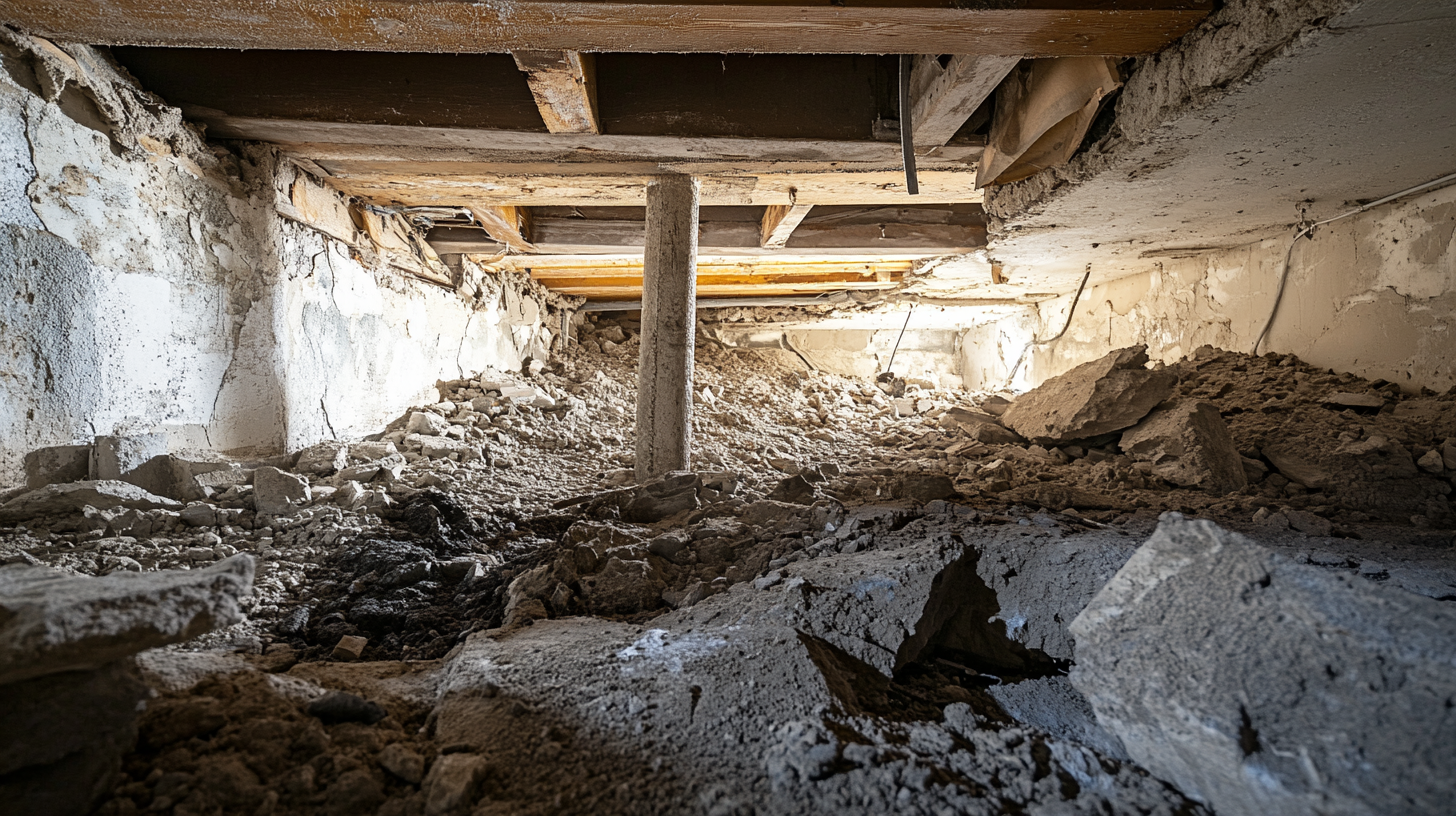

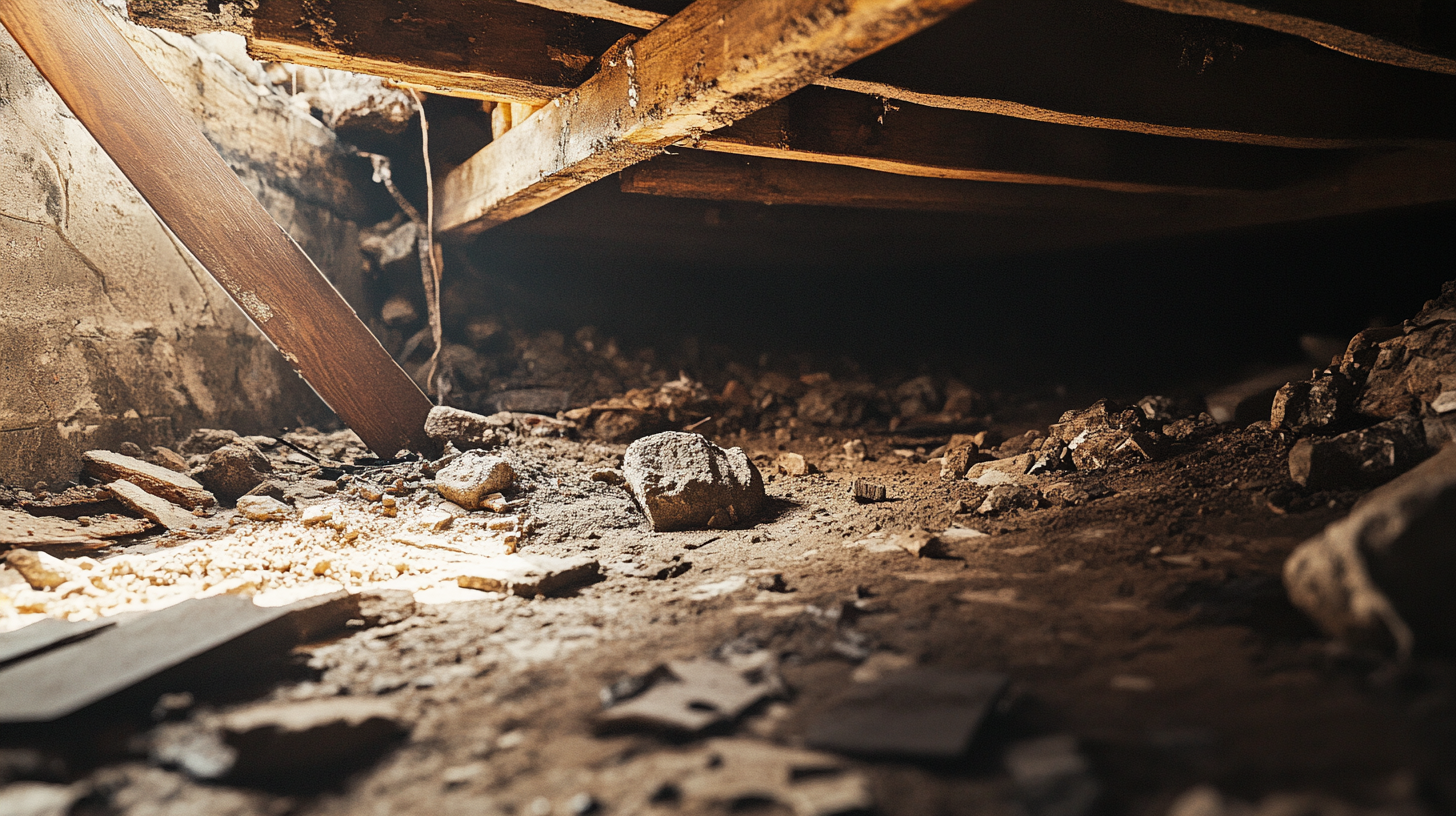
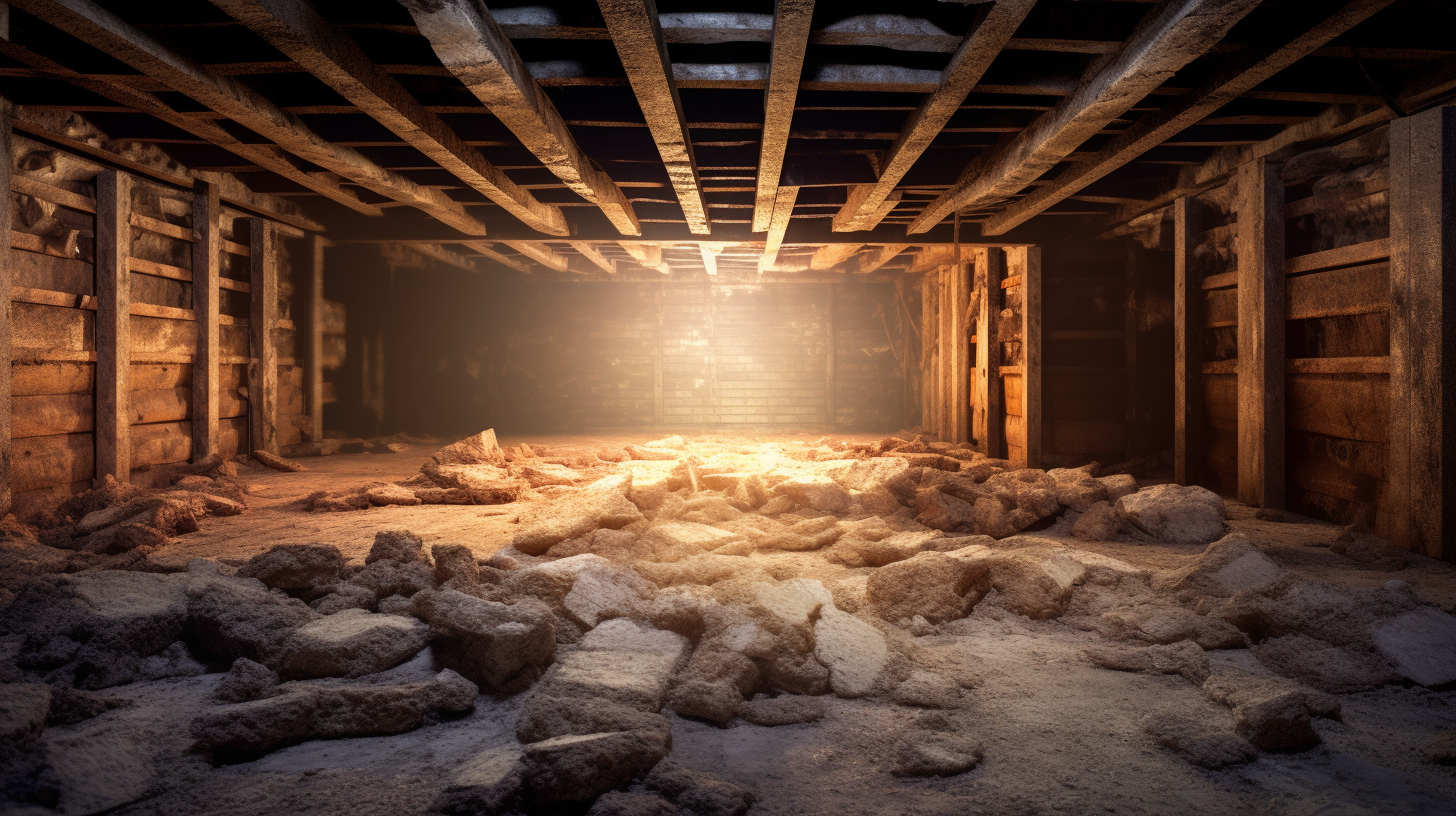
Got a Question? We’re Here to Help.
You can arrange an appointment or make an enquiry by phone or email, orget in touch to us via our contact form.
